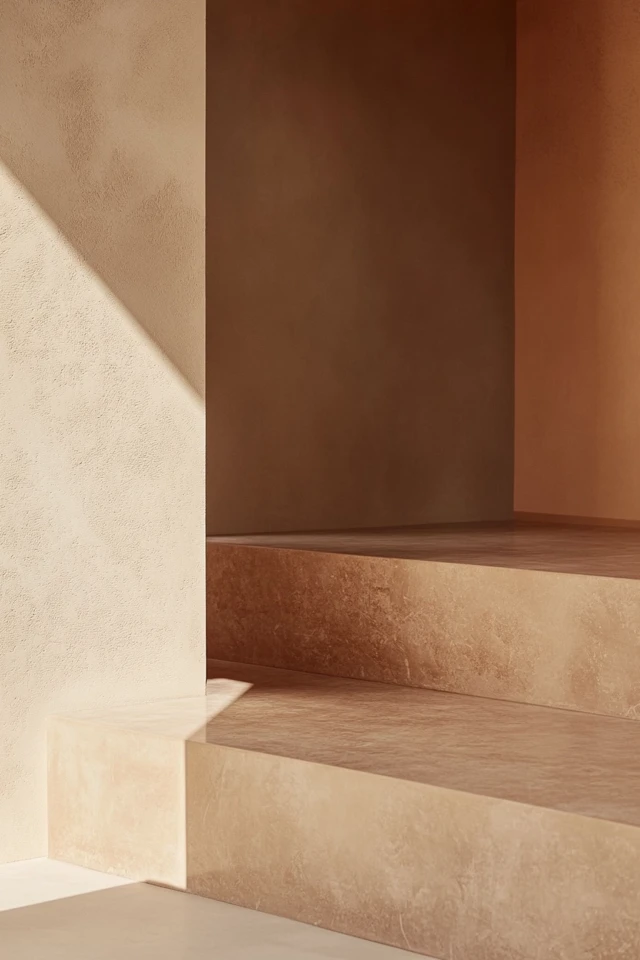Introduction
Minimalist design is often associated with clean lines, neutral palettes, and a sense of serenity. But what many people overlook is the importance of balancing warm and cool tones to create depth, harmony, and interest in a space. I remember working on a client’s minimalist living room where everything felt a little too stark. By introducing warm wood accents and pairing them with cooler gray tones, the room came to life—it felt both welcoming and modern without losing its minimalist essence.
The secret to successful minimalist design lies in finding the perfect balance between warm and cool tones. Whether you’re starting with a blank slate or refining an existing space, this guide will help you achieve a cohesive look that feels both stylish and inviting.
Why Balance Warm and Cool Tones in Minimalist Design?
Key Benefits
- Creates Harmony: Balancing tones prevents the space from feeling too cold or overly warm.
- Adds Depth: The contrast between warm and cool tones enhances visual interest.
- Enhances Comfort: A mix of tones ensures the space feels both modern and welcoming.
- Elevates Minimalism: The interplay of tones adds subtle complexity to simple designs.
1. Start With a Neutral Base
Why It Works
A neutral base sets the stage for layering warm and cool tones while maintaining the simplicity of minimalist design.
How to Do It
- Choose a neutral wall color like white, beige, or light gray.
- Opt for flooring in natural wood, polished concrete, or neutral tile.
- Keep large furniture pieces, like sofas or beds, in neutral tones to anchor the space.
- Use the neutral base to unify the design and let warm and cool accents shine.
2. Use Warm Tones for Coziness
Why It Works
Warm tones like beige, tan, and wood add a sense of warmth and comfort, preventing minimalist spaces from feeling too sterile.
How to Do It
- Incorporate wooden furniture or accents, like coffee tables, shelving, or sideboards.
- Use warm-toned textiles, such as beige or terracotta throw pillows and rugs.
- Add natural materials like wicker, rattan, or leather for an earthy touch.
- Pair warm elements with neutral or cool-toned backdrops for balance.
3. Introduce Cool Tones for Freshness
Why It Works
Cool tones like gray, blue, and white create a crisp, refreshing feel that complements minimalist design.
How to Do It
- Use cool-toned upholstery, like gray sofas or navy chairs, for a modern look.
- Incorporate accents like blue artwork, glass decor, or steel finishes.
- Choose cool-toned area rugs in light gray or muted blue to ground the space.
- Combine cool tones with warm lighting to soften the overall look.
4. Layer Textures to Blend Tones
Why It Works
Texture adds depth and helps blend warm and cool tones seamlessly in a minimalist space.
How to Do It
- Pair a chunky knit throw in a warm tone with a sleek, cool-toned sofa.
- Use natural textures like wool, linen, or jute to create warmth.
- Add glossy finishes, like glass or polished metal, to emphasize cool tones.
- Mix matte and shiny textures to enhance the interplay of tones.
5. Let Lighting Set the Tone
Why It Works
Lighting influences how colors and tones appear, making it a crucial element in balancing warm and cool hues.
How to Do It
- Use warm white light (2700K–3000K) to enhance warm tones and create a cozy atmosphere.
- Opt for cool white light (3500K–4000K) to highlight cooler elements like grays or blues.
- Incorporate layered lighting, such as pendant lights, wall sconces, and floor lamps, for flexibility.
- Place lighting strategically to emphasize key areas and create balance.
6. Incorporate Natural Elements
Why It Works
Natural elements like wood, stone, and plants bridge the gap between warm and cool tones, adding harmony and freshness.
How to Do It
- Use wooden furniture or beams to add warmth to cool-toned spaces.
- Incorporate plants with green foliage to provide a refreshing contrast.
- Add stone elements, like marble or slate, for a mix of warm and cool textures.
- Combine natural materials with minimal decor to maintain simplicity.
7. Balance Tones Through Furniture
Why It Works
Furniture is a key element in establishing balance, as it occupies a significant portion of the visual space.
How to Do It
- Choose warm wood furniture with clean lines to add warmth to a cool-toned room.
- Incorporate cool-toned upholstery, like gray or blue, in warm-toned spaces.
- Use a mix of materials, such as a metal frame with a wooden top, for visual contrast.
- Ensure the proportions of warm and cool tones are balanced throughout the room.
8. Use Accessories to Fine-Tune the Balance
Why It Works
Accessories provide the finishing touches and allow you to adjust the balance of warm and cool tones as needed.
How to Do It
- Add throw pillows, blankets, or rugs in warm or cool tones to shift the balance.
- Use metallic decor, like brass or chrome, to complement both warm and cool elements.
- Incorporate artwork or photography with a mix of warm and cool colors.
- Keep accessories minimal to maintain the clean lines of minimalist design.
9. Embrace Contrast for Visual Interest
Why It Works
Contrasting warm and cool tones creates depth and prevents the space from feeling one-dimensional.
How to Do It
- Pair warm wood furniture with cool-toned walls or upholstery.
- Use contrasting tones in decor, like a warm terracotta vase on a cool gray shelf.
- Add high-contrast elements sparingly to maintain a minimalist aesthetic.
- Avoid creating too much contrast in small spaces, as it can feel overwhelming.
10. Keep the Palette Cohesive
Why It Works
A cohesive palette ensures that the balance of warm and cool tones feels intentional and harmonious.
How to Do It
- Stick to a limited color palette with two to three main tones.
- Use undertones to tie the palette together—for example, a warm gray sofa with a beige rug.
- Repeat similar tones throughout the space to create a sense of flow.
- Avoid introducing too many bold colors, as they can disrupt the minimalist aesthetic.
Picture Gallery
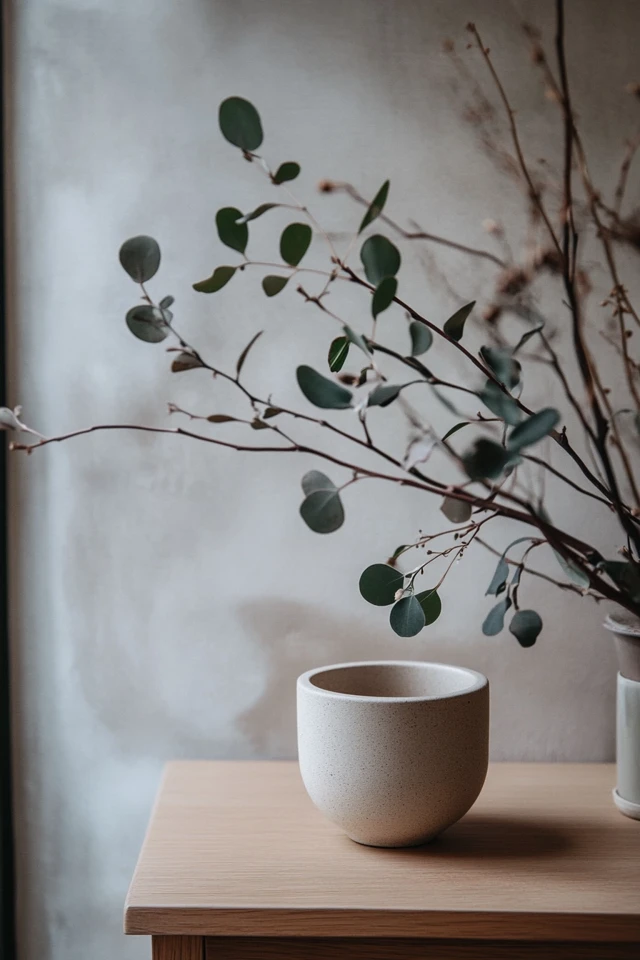
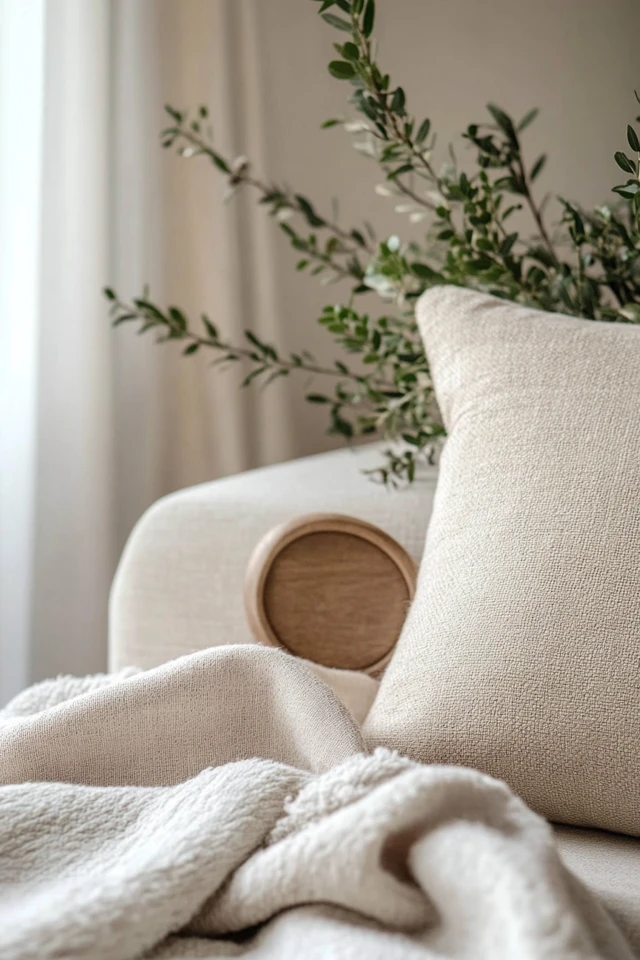
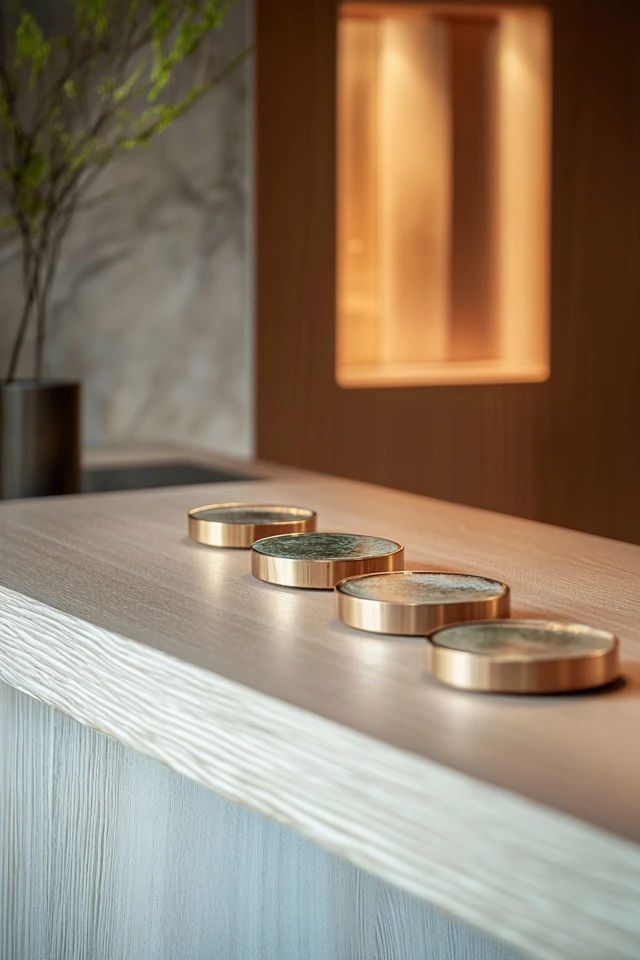


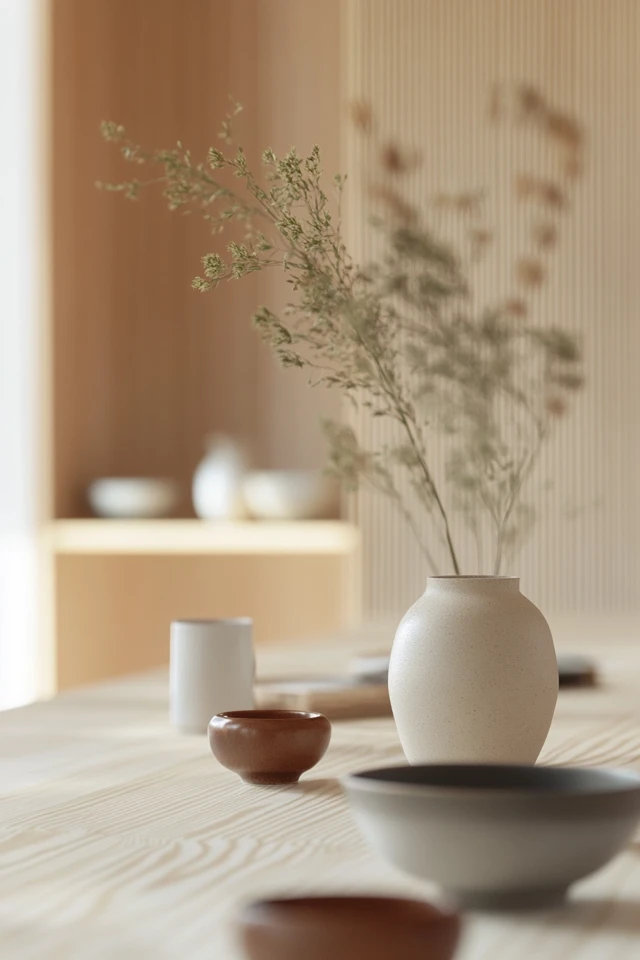
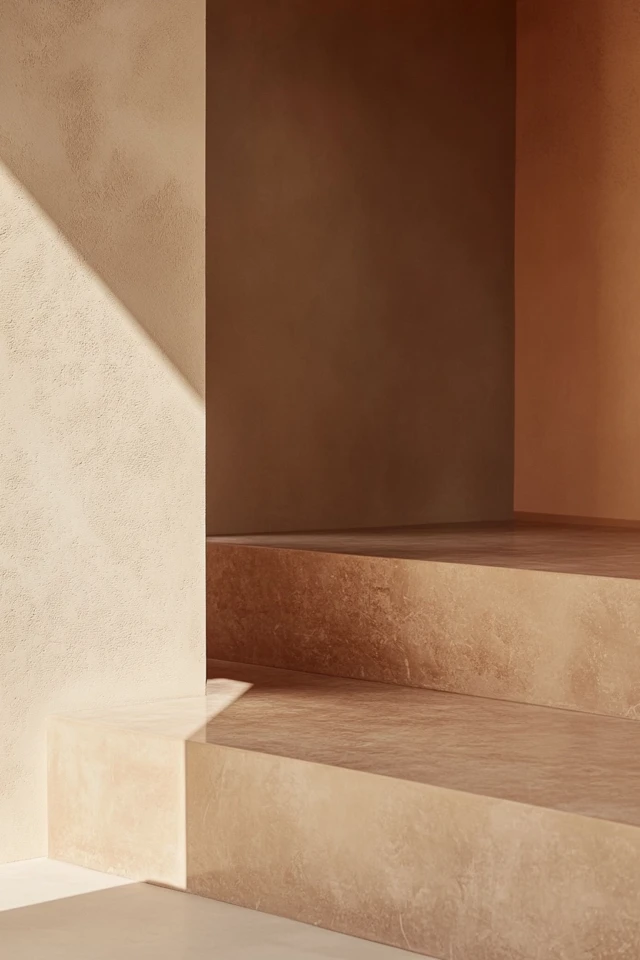
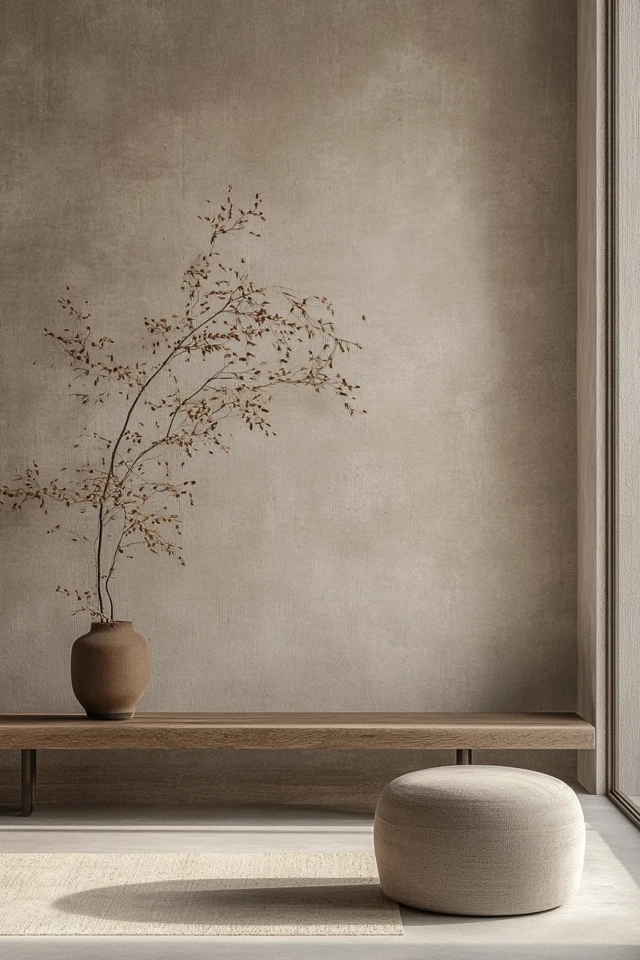
Conclusion
Balancing warm and cool tones is the secret to creating minimalist spaces that feel both stylish and inviting. By thoughtfully layering textures, lighting, and materials, you can achieve a harmonious design that’s timeless and full of depth.
What I love most about this approach is its versatility. Whether you’re working with a light, airy palette or a darker, more dramatic one, the interplay of warm and cool tones elevates the space, making it feel dynamic and complete.
So start small. Introduce a warm-toned rug to a cool living room or add a few cool blue accents to a warm bedroom. With each adjustment, you’ll refine the balance and create a minimalist interior that feels uniquely yours.
FAQ
What are warm tones in design?
Warm tones include colors like beige, tan, terracotta, and warm wood tones that evoke a sense of coziness and comfort.
What are cool tones in design?
Cool tones include colors like gray, blue, and white that create a refreshing and modern feel.
How do I know if my space has too much of one tone?
If the space feels overly cold or too dark and heavy, it likely has too many cool or warm tones. Add contrasting tones to balance the look.
Can I use bold colors in a minimalist design?
Yes, but use bold colors sparingly as accents and ensure they complement the overall warm and cool tone balance.
Where can I find furniture and decor that balances warm and cool tones?
Retailers like West Elm, CB2, and Article offer a wide range of minimalist furniture and decor in both warm and cool tones.

